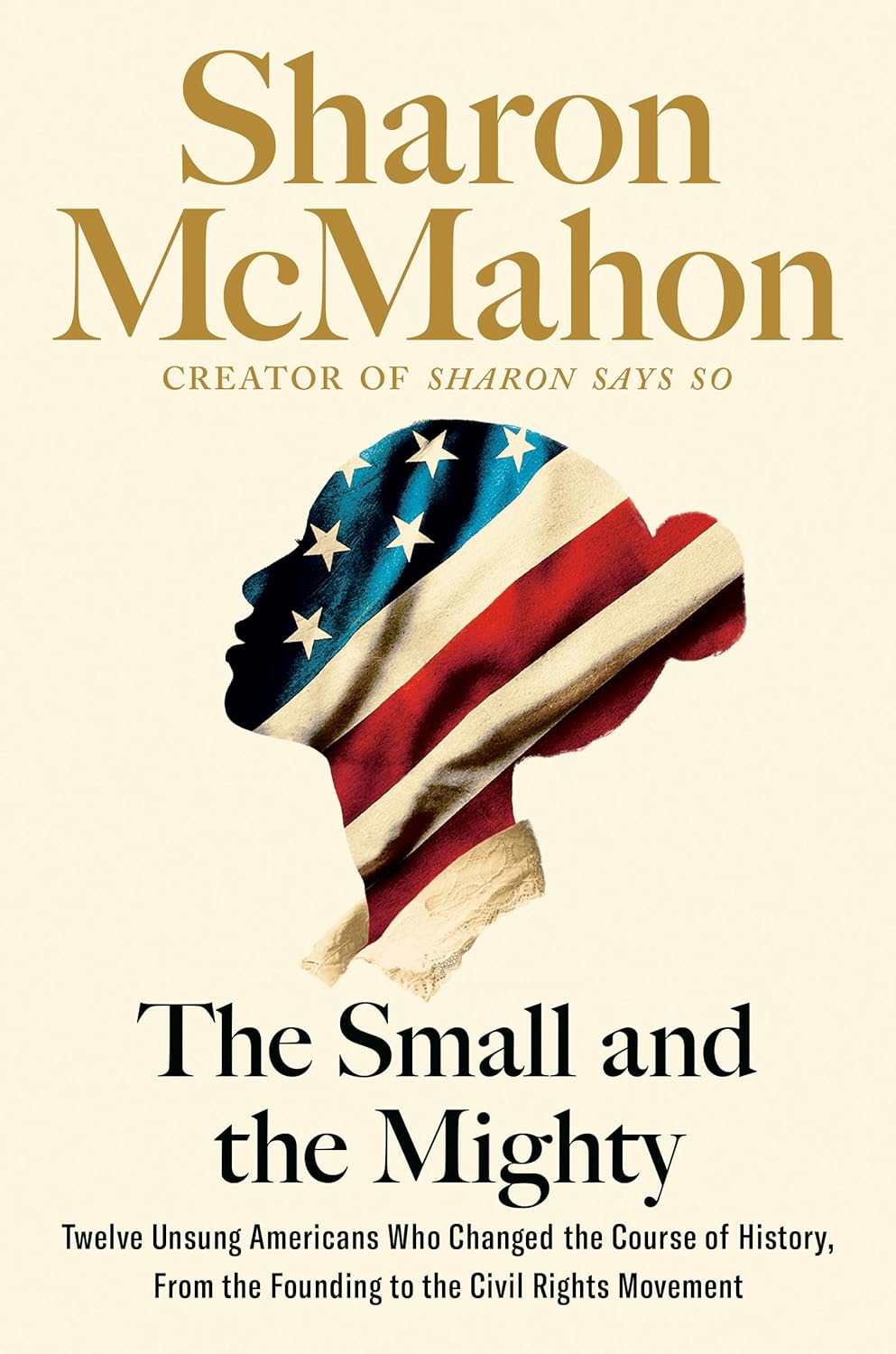Chapter 12: Inez Milholland_The West, 1916
byChapter 12 centers on the remarkable life of Inez Milholland, a pioneering figure in the women’s suffrage movement during the early 20th century. Inez’s personal and professional lives were deeply intertwined as she sought to balance her personal aspirations, such as her desire for a family, with her commitment to securing women’s right to vote. She secretly married Eugen Boissevain, and despite the joy of their union, her yearning for a child became a constant contrast to her tireless activism. As women in the Western U.S. began securing voting rights, Inez’s role in the suffrage movement grew ever more critical. At the same time, she faced significant personal challenges, as society’s expectations for women often clashed with her passion for political change. The West, where women’s suffrage was gradually becoming a reality, served as fertile ground for Inez’s efforts, as states in this region were seeking statehood and viewed women’s votes as essential to the process.
The chapter highlights why the suffrage movement found such fertile ground in the Western states, particularly the efforts of women organizing for political change. The drive for statehood in these states created a unique opportunity for suffragists to link women’s voting rights with statehood, making it an essential part of the political landscape. The formation of the National Woman’s Party, under leaders like Alice Paul, became crucial in pushing for a federal suffrage amendment. These women worked tirelessly, organizing campaigns and holding public demonstrations aimed at challenging President Woodrow Wilson, who at the time was resistant to women’s enfranchisement. Public confrontations, like Mabel Vernon’s bold interruption of Wilson’s speech, became an important tool for raising awareness and pressuring the political establishment. Inez Milholland’s role in these efforts became more pronounced as she inspired women across the country with her powerful speeches and leadership, which helped unify the suffrage movement in the West. Her ability to rally diverse groups of women from varying backgrounds made her a central figure in the cause, bringing attention to the injustices that women faced.
As the narrative progresses, it is clear that Inez’s physical health began to deteriorate due to the immense pressure and strain of her constant campaigning. Despite suffering from a tonsil infection and subsequent anemia, Inez continued her tireless work on behalf of the suffrage movement, refusing to let her illness slow her down. Her dedication was admired by all who heard her speak, and her health issues only seemed to strengthen her resolve. She worked to deliver speeches and attend rallies, all the while struggling with a body that was weakening under the strain. The media took notice of her perseverance, and her popularity soared as a result of her unwavering commitment to the cause. However, her condition worsened, and eventually, the severity of her health forced her into hospitalization. As her body grew weaker, Inez continued to hold onto hope for the suffrage movement, even as her personal battle with illness reached its peak.
Tragically, Inez Milholland passed away on November 25, 1916, at the age of just 30, cutting short a life that had been dedicated to advocating for women’s rights. Her death struck a devastating blow to the suffrage movement, but it also made her a martyr for the cause. The outpouring of grief that followed her death underscored the profound impact she had on the suffrage movement, and her passing only galvanized the efforts of those who had worked alongside her. In recognition of her immense contributions, Inez was memorialized in Statuary Hall in the U.S. Capitol, where her image became a symbol of liberty and empowerment. Inez’s life and death served as a turning point in the suffrage movement, inspiring continued action towards women’s rights in the coming years. Her story also helped pave the way for the ratification of the Nineteenth Amendment, which would grant women the right to vote. The chapter concludes by reflecting on how Inez Milholland’s tireless work and ultimate sacrifice contributed to the ongoing struggle for gender equality, a battle that continued to unfold even as the United States entered World War I shortly thereafter.

